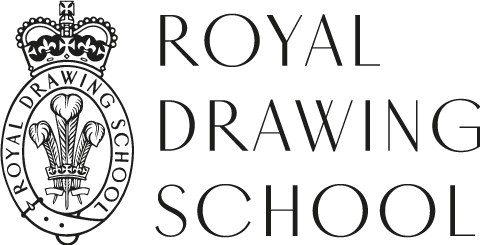Susan Wilson
- Faculty
Biography
Susan Wilson is currently working on a portrait of Witi Ihimaera (Author of "The Whale Rider" book and film). Born in Dunedin in the mountain foothills of New Zealand's South Island, Susan was educated in high country schools and at Auckland Public Hospital, graduating as SRN with Distinction. She worked as a member of a Neurosurgical Team before leaving to travel to Tahiti, Peru Bolivia and Ecuador, which led to her love of hispanic art. Susan studied at Camberwell School of Art and the Royal Academy Schools and was a Fellow of Painting Cheltenham & Gloucester College of Art & Technology in 1986. She held the Richard Ford Award to Madrid (1986), Italian Govt Borso di Studio to Venice & Veneto (1985), and the Abbey Award British School at Rome (1993). Susan taught at Chelsea School of Art and Wolverhampton University in the 1990s. Her exhibitions include "Sketch" Rabley Drawing Centre 2013, Threadneedle Art Prize, Royal Academy Summer Exhibition, Lynn Painter-Stainers (Prizewinner 2007), National Portrait Gallery Portrait Award (Prizewinner 1987), "Premio de Pintura" Hospital de Los Venerables Sacerdotes, Seville, where work was purchased for the Focus Abengoa Collection in 2010, NZ Portrait Gallery Adam Award Finalist 2012 & and 2014 touring NZ to Regional Galleries. Susan is represented by Browse & Darby with a forthcoming solo show in December 2014. Collections include Royal Academy Archives (Richard Ford Award Sketchbooks) Usher Gallery, Lincoln, Oxford Brookes portrait of Baroness Helena Kennedy, Oriel College Oxford, Murray Edwards College Cambridge, Auckland Art Gallery NZ and Auckland Museum NZ.
On drawing
Ingres said "Drawing is the Probity of Art". I draw to find out about things, how I feel about them, what they are, how they look. So often a feeling of clarity and revelation follows. In my personal relationships I find this to be true. The complexity of someone can be shown in a drawing, even hidden things. I draw most of the time, in my sketchbooks. I use quite a few each year, and date the drawings. When I attended the Battle for Cassino Commemoration Services in Italy this May I stayed in the town, quite by chance, and fell asleep looking out over Castle Hill, which was the site of bitter fighting. I drew it twice, roughly in my book, and I drew most of the hills around the town. My uncle, in logistics, used drawing in 44, that was his job. How high, impenetrable and dangerous those hills seemed next day! I had fallen asleep, woken up, and understood the terrain, and the terrible suffering of the soldiers. Warfare has always used artists, not only to make pictures. Tonks spent much time working with the NZ surgeon Gillies, and volunteering to help with the terribly injured faces from WW1, he drew the men, then he left surgery to take up a post at the Slade. The rest is art history!






